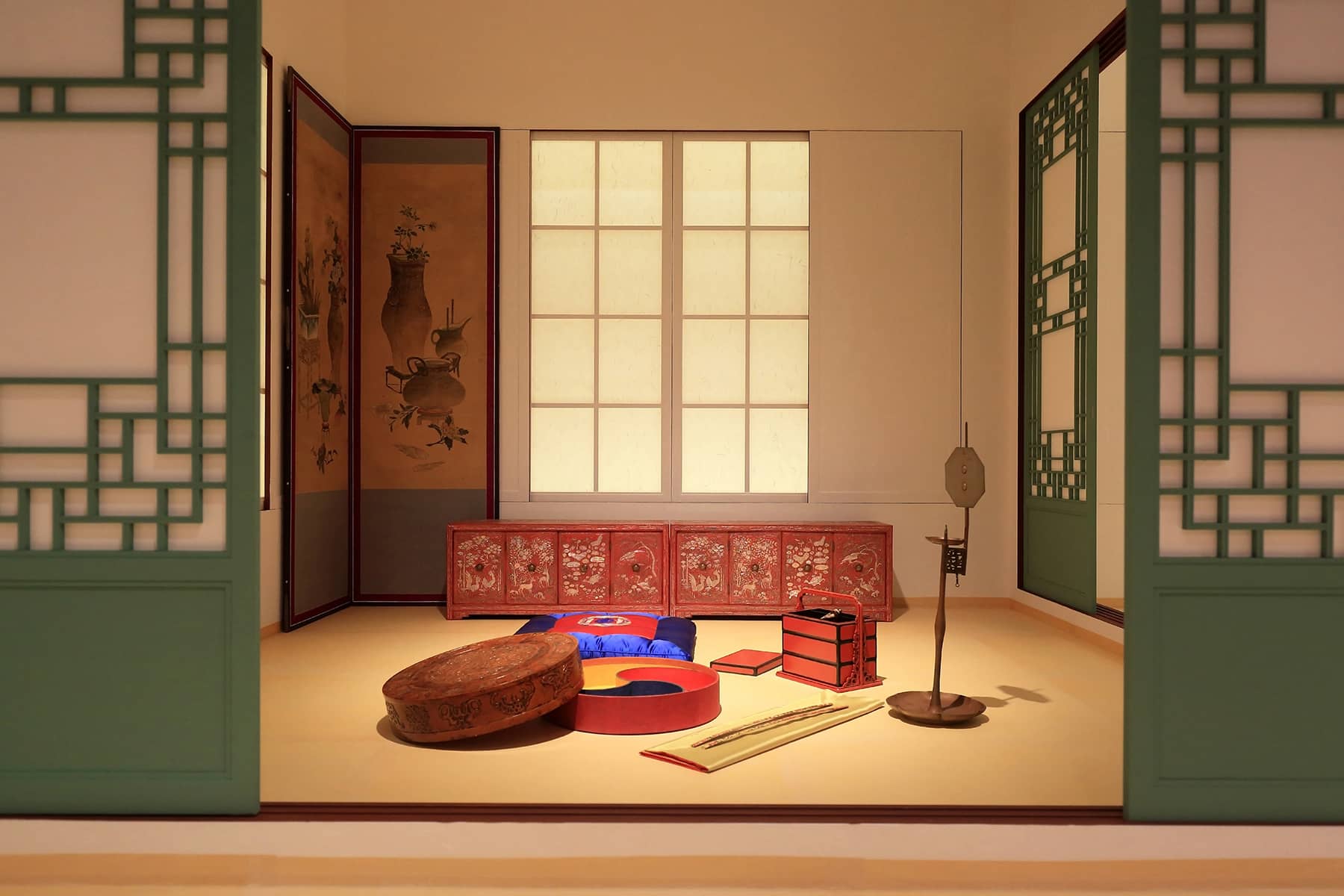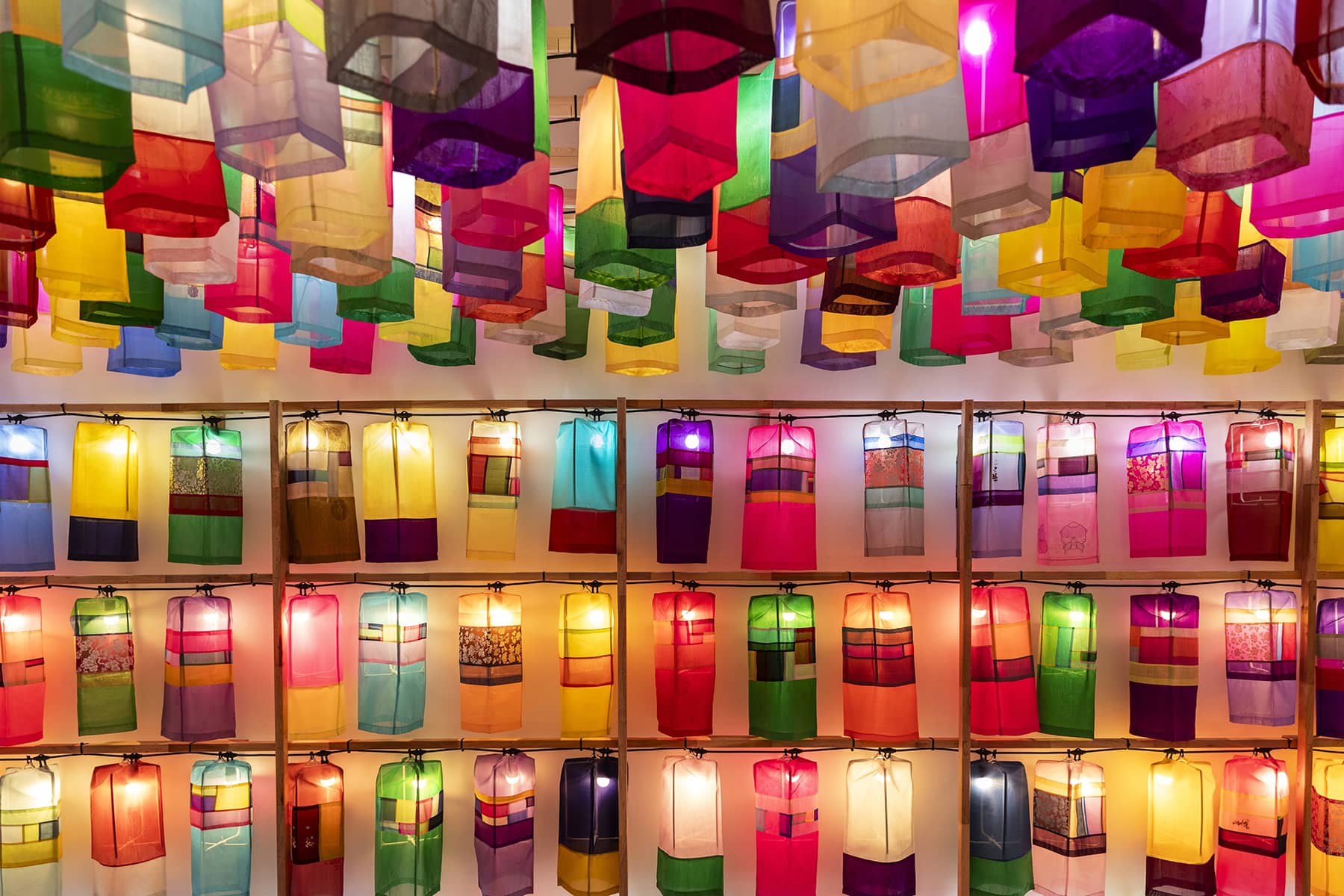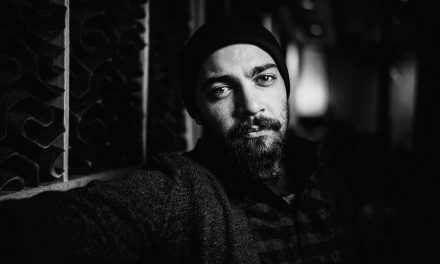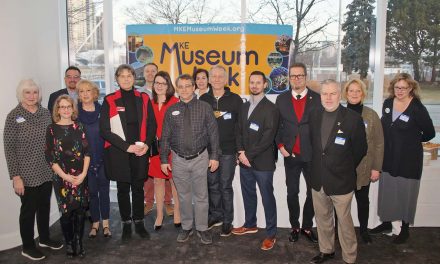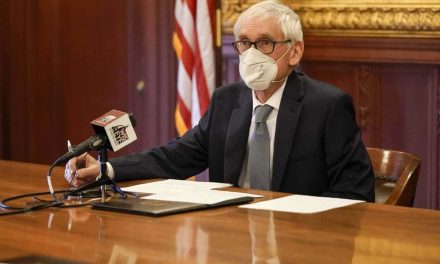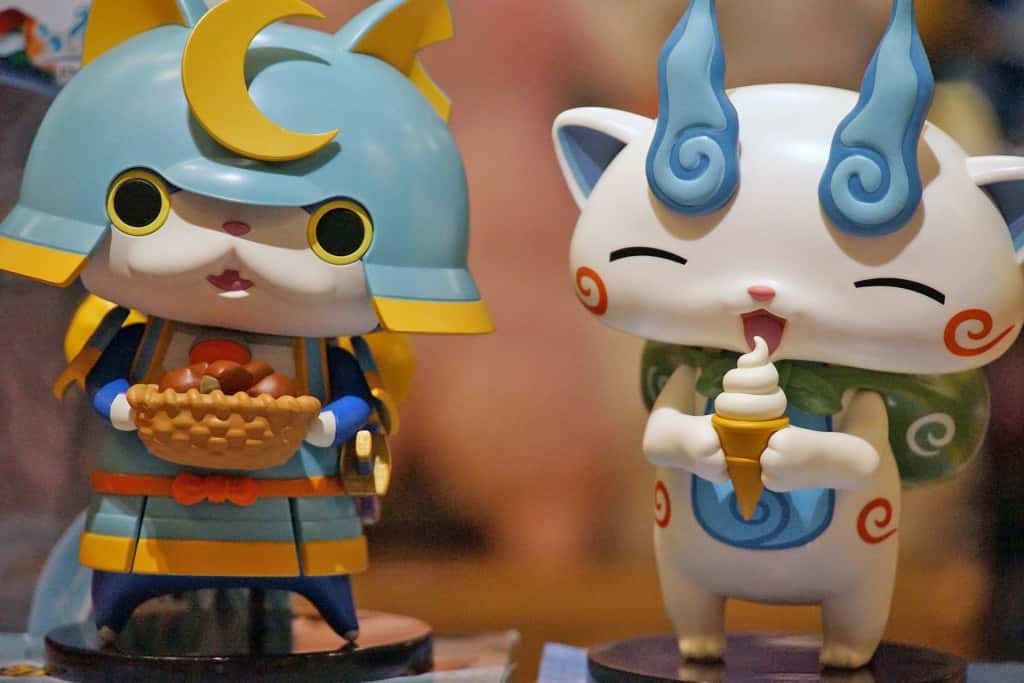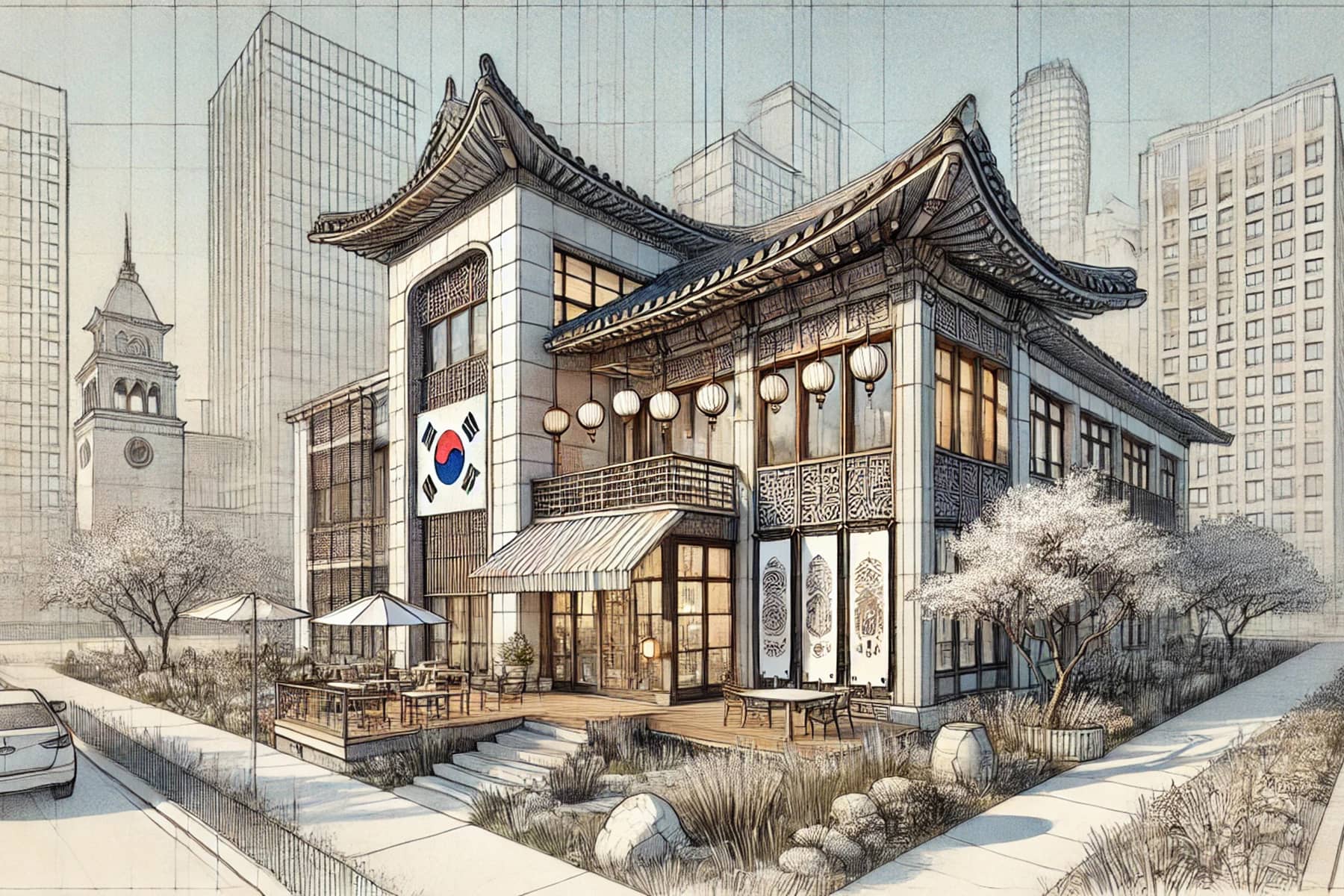
As a city known for its rich history and diverse immigrant communities, Milwaukee is ready to embark on an exciting new chapter that could significantly enhance its cultural landscape: the establishment of a dedicated museum for Korean art and culture.
The unique initiative comes from a long-held dream by SeonJoo So Oh, a Milwaukee artist, educator, and businesswoman.
When she moved to Milwaukee in 2006, SeonJoo noticed that while Korean companies like Samsung, Hyundai, and LG were well-known, the cultural and artistic aspects of Korea were not as recognized.
“When I started graduate school at the University of Wisconsin-Milwaukee, I began to see the importance of sharing Korean culture,” said SeonJoo. “I worked with a Korean school in Milwaukee, teaching Korean language and art to second-generation Korean Americans. Many of their parents, the first generation, had lived here for a long time but still faced language barriers, making it difficult for them to connect with the American community.”
In 2007, SeonJoo heard about the construction of the Jewish Museum in Milwaukee. When it opened a year later, it was the first museum in Wisconsin dedicated to the history of the Jewish people in the region.
“It was a large building by the lakeside, and they displayed artifacts and history from the Jewish community. I was very impressed by their dedication to preserving their history,” said SeonJoo. “This made me realize that many Korean Americans have been in Milwaukee for over 50 years, but there is little documentation about their contributions or stories.”
SeonJoo wondered why the Korean community had not created a center to preserve and display their own historical records. As an educator and a mother, she felt the need to build a place to teach Korean American heritage and culture to her children and the entire Milwaukee community.
Milwaukee has always been home to a diverse population, including a vibrant Korean community that grew at different speeds in the later decades of the 20th century. Their cultural contributions have enriched the city’s tapestry, but its cultural representation has been limited.
A museum dedicated to Korean art and culture, and Korean American stories, would serve as a foundation for preserving and showcasing the valuable history, traditions, and artistic expressions of the Korean relationship with Milwaukee.
It would also provide an educational resource for both the local Korean American community and the wider Milwaukee public, fostering greater understanding and appreciation of Korean heritage.
The project is still in the early concept stage, with SeonJoo floating ideas of her vision for community feedback. However, she envisions a museum that could feature a wide array of exhibits, including traditional Korean art, contemporary works by Korean and Korean American artists, historical artifacts, and cultural displays.
Interactive exhibits and educational programs would also engage visitors of all ages, offering hands-on experiences with Korean calligraphy, traditional clothing, music, and dance. Such a museum would not only be a cultural treasure but also a vibrant community space where people can come together to celebrate and learn.
The establishment of a Korean art and culture museum in Milwaukee would hold significant economic promise. Museums are known to drive tourism, and such a unique cultural attraction could draw visitors from both within and outside the region.
Even in the middle of the COVID-19 pandemic, American businesses in 2022 saw a total estimated revenue of $5.5 billion just from K-pop, South Korea’s popular music. When combined with Korean fashion and food, the earnings exceeded $13.5 billion.
Groups such as BTS, BLACKPINK, and TWICE have become household names, amassing millions of fans worldwide. BTS, in particular, has achieved unprecedented success, becoming the first Korean act to top the Billboard 200 and perform at prestigious venues such as the Grammy Awards. Their music, characterized by a blend of catchy melodies, intricate choreography, and thought-provoking lyrics, resonates with a diverse audience, transcending language barriers.
According to a report by the American Alliance of Museums, museums contribute more than $50 billion to the U.S. economy each year. By attracting tourists, a Korean art and culture museum could stimulate local businesses, including hotels, restaurants, and retail shops.
In addition, the museum could create jobs, not only directly within the facility but also indirectly through the increased economic activity it generated.
SeonJoo’s hope is that the museum could also be a catalyst for urban revitalization. By strategically locating it in an area that could benefit from economic development, Milwaukee could use this cultural institution as another driver for broader community renewal. That could spark increased property values, new business investments, and improved infrastructure in the surrounding areas.
Beyond the economic advantages, the social impact of a Korean art and culture museum would be profound. Such an institution can serve as a bridge between different communities within Milwaukee, fostering a sense of inclusion and mutual respect. By providing a space where people from various backgrounds can come together to learn about and celebrate Korean traditions, the museum would promote cultural understanding and reduce social barriers.
Educational programs and community outreach initiatives would also play a crucial role in the institution’s social mission. Schools could partner with the museum to incorporate Korean culture into their curricula, offering students a more diverse and global perspective. Community workshops, lectures, and cultural festivals could further enhance the museum’s role as a hub for cultural exchange and learning.
SeonJoo saw a growing interest in Korean pop culture back in 2012, when classmates of her son asked about the song “Gangnam Style,” by South Korean rapper Psy. It became the first YouTube video to reach a billion views.
SeonJoo began organizing Korean classes through the Milwaukee Public Schools recreation department. They were very popular and saw increasing attendance, attracted by easy access to South Korean TV shows, known as K-dramas, on Netflix.
K-dramas such as “Crash Landing on You,” “The Glory,” “Extraordinary Attorney Woo,” and “Squid Game” have garnered critical acclaim and massive viewership. “Squid Game,” in particular, became a global sensation, reflecting deep social issues within a gripping, dystopian narrative. The success of these dramas underscores the universal appeal of well-crafted stories that explore human emotions and societal themes.
Korean cinema has also made significant strides on the global stage, culminating in historic achievements such as Bong Joon-ho’s “Parasite” winning the Palme d’Or at the Cannes Film Festival and four Academy Awards, including Best Picture. That recognition has brought international attention to South Korea’s vibrant film industry, known for its innovative storytelling and genre-blending techniques.
Having a local museum could also support the well-being of the Korean American community in Milwaukee by providing a space where they are able to connect with their heritage and share their culture with others. That effort would help strengthen community bonds and provide a sense of pride and identity, particularly for younger generations who have become too distanced from their cultural roots.
SeonJoo felt that the cultural enrichment provided by a Korean art and culture museum would extend beyond the local Korean Ameican community. By offering a diverse range of programs and exhibits, the museum would hope to attract a broad audience, including art enthusiasts, students, historians, and families.
While still just a proof of concept, SeonJoo sees the establishment of the museum as an investment in Milwaukee’s future, one that promises economic returns, promotes cultural awareness, and enriches the lives of all who call Milwaukee their home.
“It makes me happy to help others understand and appreciate Korean heritage. Sharing these experiences through a museum would be a wonderful way to continue this work and build a stronger cultural presence in Milwaukee,” SeonJoo added.
MI Staff (Korea)
Lее Mаtz
Stock For You (Via Shutterstock)
- Exploring Korea: Stories from Milwaukee to the DMZ and across a divided peninsula
- A pawn of history: How the Great Power struggle to control Korea set the stage for its civil war
- Names for Korea: The evolution of English words used for its identity from Gojoseon to Daehan Minguk
- SeonJoo So Oh: Living her dream of creating a "folded paper" bridge between Milwaukee and Korean culture
- A Cultural Bridge: Why Milwaukee needs to invest in a Museum that celebrates Korean art and history
- Korean diplomat joins Milwaukee's Korean American community in celebration of 79th Liberation Day
- John T. Chisholm: Standing guard along the volatile Korean DMZ at the end of the Cold War
- Most Dangerous Game: The golf course where U.S. soldiers play surrounded by North Korean snipers
- Triumph and Tragedy: How the 1988 Seoul Olympics became a battleground for Cold War politics
- Dan Odya: The challenges of serving at the Korean Demilitarized Zone during the Vietnam War
- The Korean Demilitarized Zone: A border between peace and war that also cuts across hearts and history
- The Korean DMZ Conflict: A forgotten "Second Chapter" of America's "Forgotten War"
- Dick Cavalco: A life shaped by service but also silence for 65 years about the Korean War
- Overshadowed by conflict: Why the Korean War still struggles for recognition and remembrance
- Wisconsin's Korean War Memorial stands as a timeless tribute to a generation of "forgotten" veterans
- Glenn Dohrmann: The extraordinary journey from an orphaned farm boy to a highly decorated hero
- The fight for Hill 266: Glenn Dohrmann recalls one of the Korean War's most fierce battles
- Frozen in time: Rare photos from a side of the Korean War that most families in Milwaukee never saw
- Jessica Boling: The emotional journey from an American adoption to reclaiming her Korean identity
- A deportation story: When South Korea was forced to confront its adoption industry's history of abuse
- South Korea faces severe population decline amid growing burdens on marriage and parenthood
- Emma Daisy Gertel: Why finding comfort with the "in-between space" as a Korean adoptee is a superpower
- The Soul of Seoul: A photographic look at the dynamic streets and urban layers of a megacity
- The Creation of Hangul: A linguistic masterpiece designed by King Sejong to increase Korean literacy
- Rick Wood: Veteran Milwaukee photojournalist reflects on his rare trip to reclusive North Korea
- Dynastic Rule: Personality cult of Kim Jong Un expands as North Koreans wear his pins to show total loyalty
- South Korea formalizes nuclear deterrent strategy with U.S. as North Korea aims to boost atomic arsenal
- Tea with Jin: A rare conversation with a North Korean defector living a happier life in Seoul
- Journalism and Statecraft: Why it is complicated for foreign press to interview a North Korean defector
- Inside North Korea’s Isolation: A decade of images show rare views of life around Pyongyang
- Karyn Althoff Roelke: How Honor Flights remind Korean War veterans that they are not forgotten
- Letters from North Korea: How Milwaukee County Historical Society preserves stories from war veterans
- A Cold War Secret: Graves discovered of Russian pilots who flew MiG jets for North Korea during Korean War
- Heechang Kang: How a Korean American pastor balances tradition and integration at church
- Faith and Heritage: A Pew Research Center's perspective on Korean American Christians in Milwaukee
- Landmark legal verdict by South Korea's top court opens the door to some rights for same-sex couples
- Kenny Yoo: How the adversities of dyslexia and the war in Afghanistan fueled his success as a photojournalist
- Walking between two worlds: The complex dynamics of code-switching among Korean Americans
- A look back at Kamala Harris in South Korea as U.S. looks ahead to more provocations by North Korea
- Jason S. Yi: Feeling at peace with the duality of being both an American and a Korean in Milwaukee
- The Zainichi experience: Second season of “Pachinko” examines the hardships of ethnic Koreans in Japan
- Shadows of History: South Korea's lingering struggle for justice over "Comfort Women"
- Christopher Michael Doll: An unexpected life in South Korea and its cross-cultural intersections
- Korea in 1895: How UW-Milwaukee's AGSL protects the historic treasures of Kim Jeong-ho and George C. Foulk
- "Ink. Brush. Paper." Exhibit: Korean Sumukhwa art highlights women’s empowerment in Milwaukee
- Christopher Wing: The cultural bonds between Milwaukee and Changwon built by brewing beer
- Halloween Crowd Crush: A solemn remembrance of the Itaewon tragedy after two years of mourning
- Forgotten Victims: How panic and paranoia led to a massacre of refugees at the No Gun Ri Bridge
- Kyoung Ae Cho: How embracing Korean heritage and uniting cultures started with her own name
- Complexities of Identity: When being from North Korea does not mean being North Korean
- A fragile peace: Tensions simmer at DMZ as North Korean soldiers cross into the South multiple times
- Byung-Il Choi: A lifelong dedication to medicine began with the kindness of U.S. soldiers to a child of war
- Restoring Harmony: South Korea's long search to reclaim its identity from Japanese occupation
- Sado gold mine gains UNESCO status after Tokyo pledges to exhibit WWII trauma of Korean laborers
- The Heartbeat of K-Pop: How Tina Melk's passion for Korean music inspired a utopia for others to share
- K-pop Revolution: The Korean cultural phenomenon that captivated a growing audience in Milwaukee
- Artifacts from BTS and LE SSERAFIM featured at Grammy Museum exhibit put K-pop fashion in the spotlight
- Hyunjoo Han: The unconventional path from a Korean village to Milwaukee’s multicultural landscape
- The Battle of Restraint: How nuclear weapons almost redefined warfare on the Korean peninsula
- Rejection of peace: Why North Korea's increasing hostility to the South was inevitable
- WonWoo Chung: Navigating life, faith, and identity between cultures in Milwaukee and Seoul
- Korean Landmarks: A visual tour of heritage sites from the Silla and Joseon Dynasties
- South Korea’s Digital Nomad Visa offers a global gateway for Milwaukee’s young professionals
- Forgotten Gando: Why the autonomous Korean territory within China remains a footnote in history
- A game of maps: How China prepared to steal Korean history to prevent reunification
- From Taiwan to Korea: When Mao Zedong shifted China’s priority amid Soviet and American pressures
- Hoyoon Min: Putting his future on hold in Milwaukee to serve in his homeland's military
- A long journey home: Robert P. Raess laid to rest in Wisconsin after being MIA in Korean War for 70 years
- Existential threats: A cost of living in Seoul comes with being in range of North Korea's artillery
- Jinseon Kim: A Seoulite's creative adventure recording the city’s legacy and allure through art
- A subway journey: Exploring Euljiro in illustrations and by foot on Line 2 with artist Jinseon Kim
- Seoul Searching: Revisiting the first film to explore the experiences of Korean adoptees and diaspora

